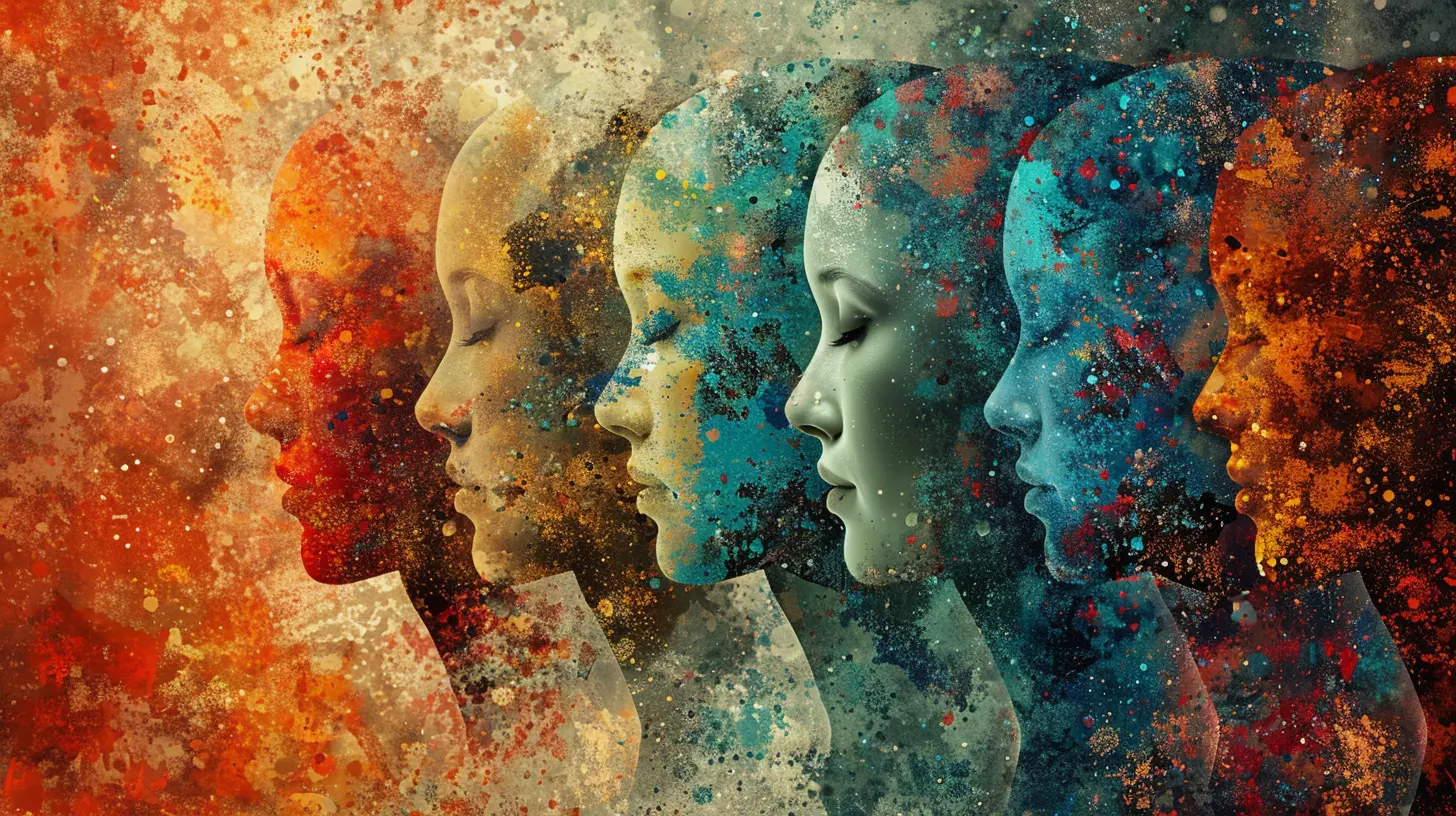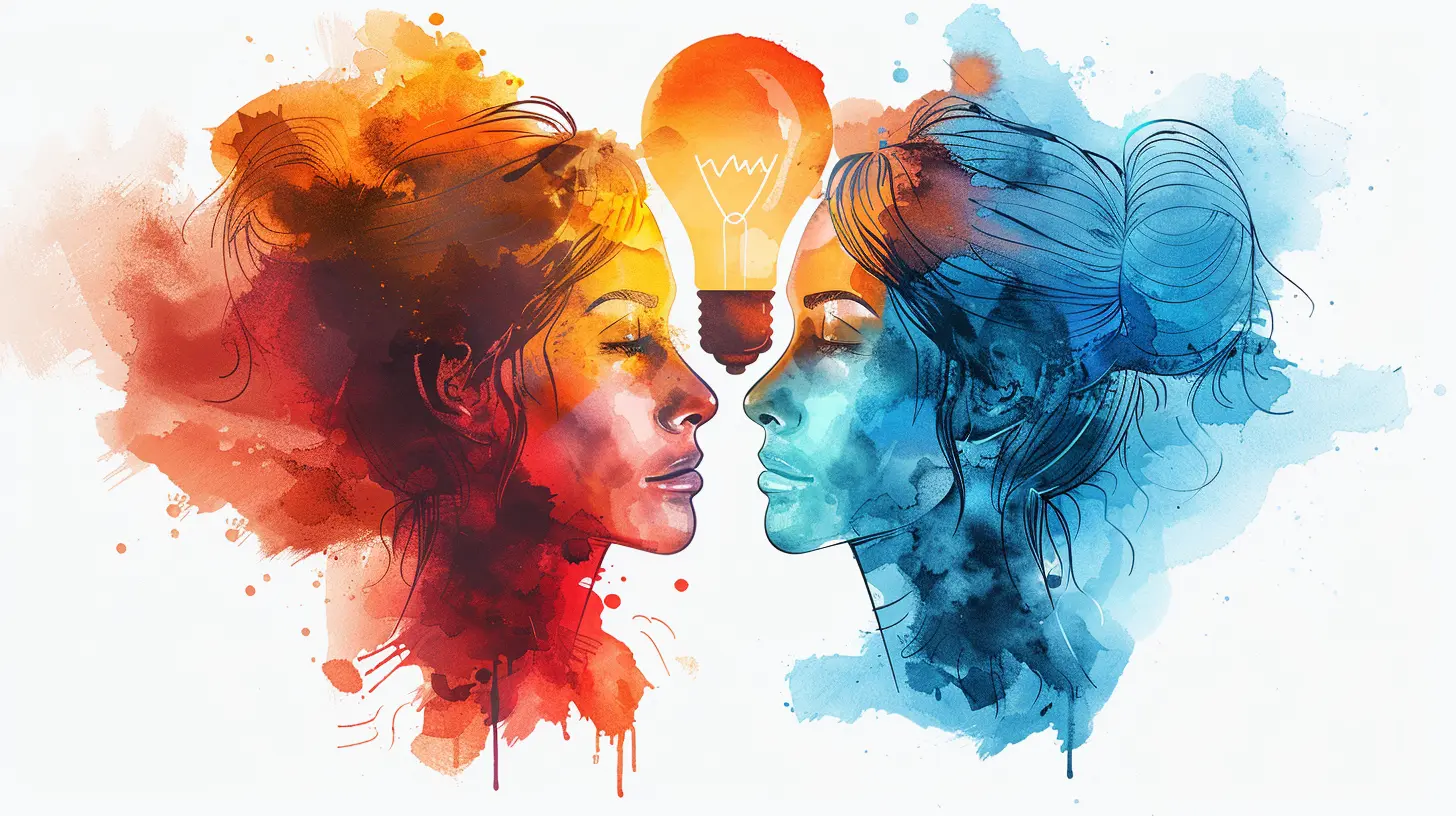The Social Learning Theory: How We Learn Through Observation
8 August 2025
Have you ever found yourself picking up a habit just by watching someone else do it? Maybe it’s the way a friend talks, or how they expertly navigate a tricky social situation, and without even trying, you've adopted that same behavior. Well, you’re not alone! This is a perfect example of social learning in action. But why does this happen? How can we learn just by observing others? Let’s dive into the fascinating world of Social Learning Theory to understand how we learn through observation.
Social Learning Theory, primarily introduced by psychologist Albert Bandura, sheds light on how we acquire new behaviors, attitudes, and skills by simply watching others. It's a powerful explanation of human behavior, suggesting that people don't need to experience something firsthand to learn. Instead, observation plays a pivotal role in shaping who we are and how we act.

What Exactly is Social Learning Theory?
At its core, Social Learning Theory posits that people can learn from one another through observation, imitation, and modeling. This means that rather than learning solely through direct experience, which is what traditional behaviorist theories focused on, we can also learn by watching others – be it parents, peers, or even strangers.Albert Bandura, the pioneer behind this theory, proposed that learning occurs in a social context and that it’s driven by the observation of others. His famous Bobo Doll experiment in the 1960s demonstrated that children who watched adults behave aggressively towards a doll were more likely to mimic that behavior themselves.
So, what’s the takeaway? We aren't just passive recipients of information. Instead, we actively observe, process, and decide whether or not to imitate behaviors based on various factors.
Four Key Components of Social Learning Theory
To understand how social learning works, we need to break it down into its essential components. According to Bandura, social learning involves four key processes:1. Attention
For learning to occur, you have to pay attention to the behavior being observed. Let’s face it, if you’re distracted or disinterested, the chances of learning anything are slim. Factors like the uniqueness of the behavior, the observer's interests, and the environment play a big role in grabbing attention. Think about when you watch a cooking show. If you're into cooking, you're more likely to focus intently on how the chef chops an onion or seasons a dish.
2. Retention
Observing something is one thing, but actually remembering it is another. Once you’ve paid attention, your brain needs to retain the information. This is where the mental process kicks in. You store what you’ve observed in your memory, so you can recall and use it later. Ever noticed how easy it is to recall a catchy jingle from a commercial? That’s retention at work!
3. Reproduction
Now that you've paid attention and remembered the behavior, it's time to put it into action. Reproduction involves the ability to replicate what you've learned. However, just because you've observed something doesn't mean you can reproduce it perfectly right away. For example, you might have watched a basketball player sink a perfect three-pointer, but that doesn't mean you'll be able to replicate it on your first try. Practice is key to improving your ability to reproduce actions.
4. Motivation
Finally, motivation acts as the fuel for social learning. Even if you've observed and retained a behavior, you need to be motivated to reproduce it. This motivation can come from many sources, such as rewards, punishments, or the desire to fit in. Think back to when you were a child: maybe you mimicked your older sibling because you wanted to be like them, or maybe you did it because you were promised a treat.

Observational Learning vs. Imitation: Are They the Same?
You might be wondering, “Is observational learning the same as imitation?” Well, not exactly, but they’re closely related.Imitation is a direct act of copying someone’s behavior. For instance, if you see someone wave and you wave back in exactly the same way, that's imitation.
Observational learning, on the other hand, is more complex. It involves observing the behavior, processing it, and then deciding whether or not to replicate it. You might tweak or adapt the behavior based on the situation or your own preferences. For example, after watching someone make a recipe, you might choose to modify some ingredients to suit your taste.
In short, imitation is a simpler, more immediate action, whereas observational learning is a broader cognitive process that involves decision-making.

Real Life Applications of Social Learning Theory
Now that we've covered the theory itself, let's explore how Social Learning Theory plays out in everyday life. Trust me, it’s more common than you think!1. Parenting and Childhood Development
Parents are the first role models that children observe, and they play a significant role in shaping their children's behaviors. If a child sees their parent reacting calmly in stressful situations, they are more likely to develop a similar coping mechanism. On the flip side, if a child witnesses aggressive behavior, they might be inclined to mimic that aggression, which was clearly demonstrated in Bandura’s Bobo Doll experiment.2. Media Influence
Ever watched a superhero movie and felt an urge to be brave or stand up for someone? Media, whether it’s TV shows, movies, or social media, is a massive source of observational learning. People, especially younger audiences, often mimic behaviors they see in media, from fashion trends to social norms. That’s one reason why there’s so much discussion about the impact of violent content in media.3. Workplace Dynamics
In professional settings, social learning is critical. New employees often learn the ropes by observing their colleagues. If you’re in a team-based environment, you might notice how one person handles a difficult client or manages a project, and then adopt those strategies for your own work. Mentorship programs are a formalized version of social learning, where a less experienced worker learns by observing and interacting with a seasoned professional.4. Peer Influence in Adolescence
Teens often pick up behaviors, language, and even values from their peer groups. This is why peer pressure can be such a powerful force during adolescence. Whether it’s picking up a new hobby, adopting certain fashion trends, or even engaging in risky behaviors, much of what teens learn is through observation of their friends.
Criticisms and Limitations of Social Learning Theory
While Social Learning Theory has given us great insights into how we learn, it’s not without its criticisms.Some critics argue that the theory doesn’t account for innate biological factors. For instance, while it explains how we learn behaviors, it doesn’t consider genetic predispositions that might make us more or less likely to adopt certain behaviors. Additionally, personal interpretation plays a role in how behaviors are learned. Two people might observe the same action but interpret and react to it differently based on their personal experiences and beliefs.
Moreover, while external rewards and punishments are emphasized in the theory, critics feel it overlooks intrinsic motivation—the internal drive to do something simply because it’s fulfilling or enjoyable.
How Can You Apply Social Learning Theory in Your Life?
The beauty of Social Learning Theory is that it's practical and applicable in everyday life. Here are a few ways you can harness it:1. Surround Yourself with Positive Role Models
Want to improve a specific area of your life? Surround yourself with people who excel in that area. Whether it's at work, in your personal life, or in a hobby, observing and interacting with skilled people can help you learn faster.
2. Be Mindful of What You Consume
Remember, we learn not just from direct observation but also from media and social interactions. Be conscious of the content you consume—whether it's TV shows, social media, or video games—because it can influence your behavior more than you realize.
3. Teach Others
If you're in a position of influence, whether as a parent, teacher, or mentor, be aware that others are learning from you. Modeling positive behaviors can have a powerful impact on those around you.
Conclusion
The Social Learning Theory offers a fascinating perspective on how we learn through observation. From childhood development to professional growth, and even the influence of media, it’s clear that we’re constantly picking up information from the world around us. By understanding the key components—attention, retention, reproduction, and motivation—we can become more intentional about how we learn from others and how we, in turn, influence them.So the next time you catch yourself picking up a new habit just by watching someone else, you'll know exactly why it's happening. After all, we are social creatures, and learning from each other is just part of the human experience.
all images in this post were generated using AI tools
Category:
Psychological TheoriesAuthor:

Nina Reilly
Discussion
rate this article
1 comments
Xena McElveen
The Social Learning Theory reveals the profound impact of observation on human behavior. It highlights how we internalize the actions and emotions of others, shaping our identities and values. This interconnectedness underscores the responsibility we bear in modeling positive behaviors for future generations.
August 17, 2025 at 3:49 AM

Nina Reilly
Thank you for your insightful comment! You're absolutely right—the power of observation in shaping our behavior and values is crucial, and we must be mindful of the example we set for others.


